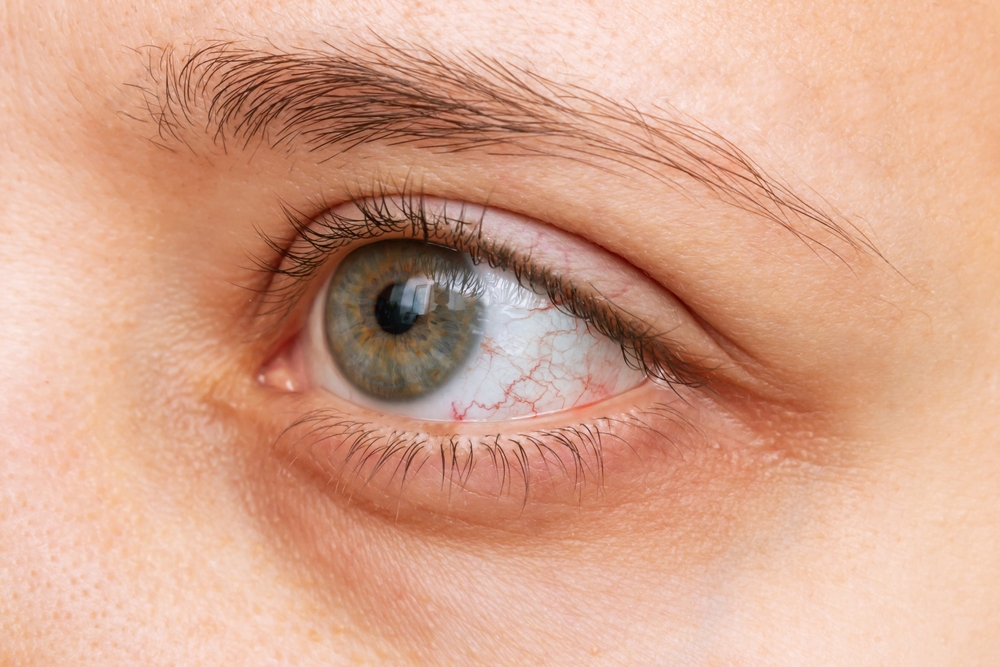
Dry eye syndrome is a common eye condition that occurs when your tear glands do not produce enough tears to lubricate your eyes. The discomfort can affect your quality of life as well as your ability to perform daily activities. It's essential to understand that dry eye syndrome is not just a discomfort; it's a chronic and progressive disease. If left untreated, it can lead to more serious complications, including damage to the front surface of the eye and an increased risk of eye infections. However, with proper management and treatment, the symptoms can be controlled and the progression of the disease can be slowed.
Causes and Symptoms of Dry Eye Syndrome
The causes of dry eye syndrome are varied and can be classified into two main categories: decreased tear production and increased tear evaporation. Decreased tear production can be caused by aging, certain medical conditions, and certain medications. Increased tear evaporation can occur with wind, smoke or dry air, eyelid problems, or prolonged periods of screen time without blinking.
The symptoms of dry eye syndrome can range from mild to severe and can include a stinging or burning sensation in the eyes, redness, light sensitivity, blurred vision, a feeling of something in the eye, and difficulty wearing contact lenses. In some cases, paradoxically, dry eye syndrome can cause watery eyes, as the dryness can stimulate an overproduction of tears.
Practical Tips for Managing Dry Eye Syndrome
Managing dry eye syndrome involves a combination of medical treatments and lifestyle modifications. Here are some practical tips for managing your symptoms:
1. Stay Hydrated: Dehydration can exacerbate dry eye symptoms. Make sure to drink plenty of water throughout the day.
2. Blink Regularly: When working on a computer or using a smartphone, make a conscious effort to blink regularly to spread your tears evenly over your eyes.
3. Avoid Dry Environments: Use a humidifier to add moisture to your indoor environment, particularly in winter when indoor heating can dry out the air.
4. Protect Your Eyes: Wear sunglasses to shield your eyes from wind and dry air when you're outside.
5. Take Breaks: If you spend a lot of time reading, driving, or looking at a screen, take frequent breaks to rest your eyes.
6. Diet: Eating a diet rich in omega-3 fatty acids (found in fish, flaxseeds, and walnuts) can help improve the quality of your tears.
7. Warm Compresses: Applying warm compresses to your eyes can help unblock the oil glands in your eyelids.
8. Smoking Cessation: If you're a smoker, quitting can significantly improve your dry eye symptoms.
The Importance of Regular Eye Examinations
Regular eye examinations are crucial for the early detection and management of dry eye syndrome. These exams allow your optometrist to assess your tear production and the health of your eye surface, diagnose dry eye syndrome, and determine its severity.
In addition to a comprehensive eye examination, your optometrist may perform specific tests to measure the quantity and quality of your tears. The Schirmer's test, for example, involves placing a thin strip of filter paper under your lower eyelid to measure tear production. The tear breakup time test involves placing a drop of dye in your eye and observing how long it takes for dry spots to appear on the cornea.
By scheduling regular eye exams, you can catch dry eye syndrome in its early stages before it progresses and leads to more serious complications. This early intervention can also lead to more effective treatment, as different stages and types of dry eye syndrome require different treatments.
Treatment Options for Dry Eye Syndrome
There are several treatment options for dry eye syndrome, ranging from over-the-counter remedies to prescription medications and procedures. The right treatment for you will depend on the severity of your symptoms and the underlying cause of your dry eye syndrome.
Intense Pulsed Light (IPL) has emerged as an effective treatment for dye eye syndrome. IPL therapy targets the root cause by addressing dysfunction in the meibomain glands, which play a crucial role in tear production. The controlled pulses of light stimulate the glands, leading to improved oil flow and tear stability. This non-invasive procedure has shown promising results in alleviating symptoms such as dryness, irritation, and discomfort.
Managing Dry Eye Effectively
Living with dry eye syndrome can be challenging, but with the right strategies and treatments, you can manage your symptoms and maintain your quality of life. It's important to stay proactive, schedule regular eye exams, and follow your optometrist's advice.
For more tips and treatment options for managing dry eye syndrome, contact SpecTakular Boutique in our Dawsonville, Georgia, office. We are committed to providing quality eye care services and products for the entire family. Call (706) 216-7732 to schedule your appointment today.




